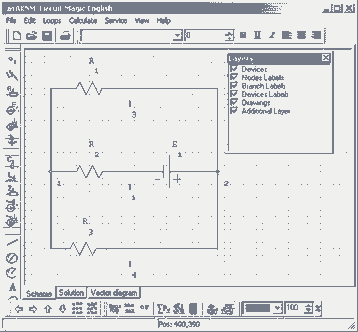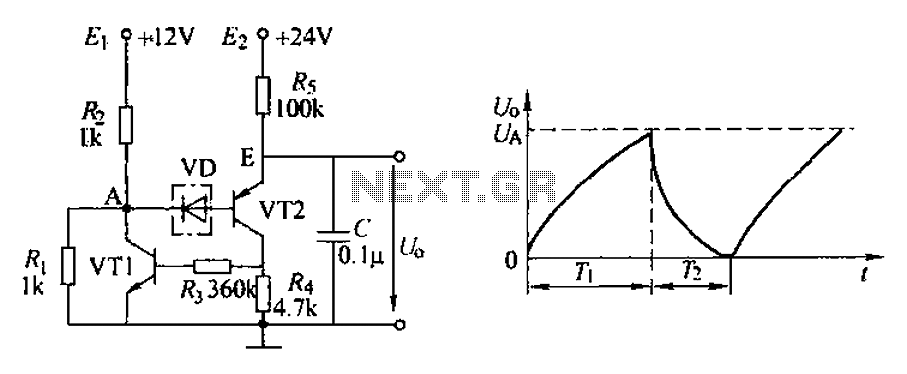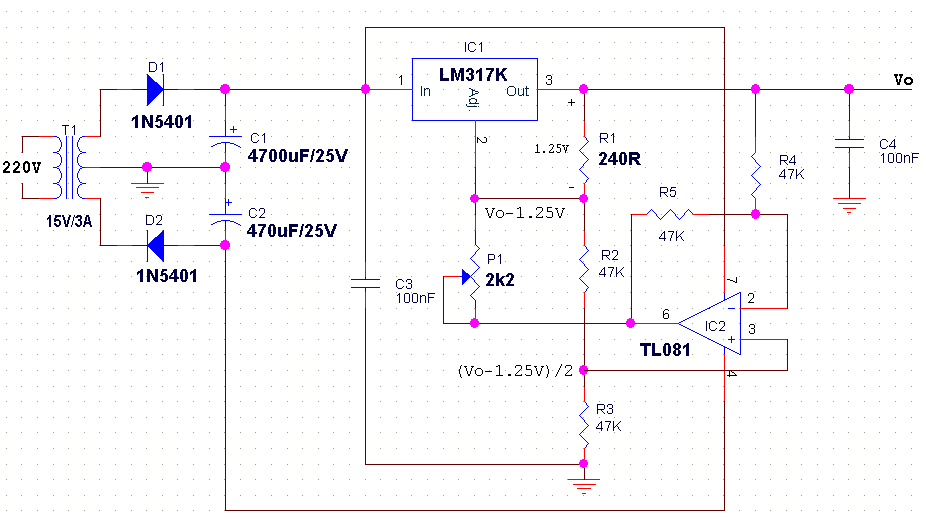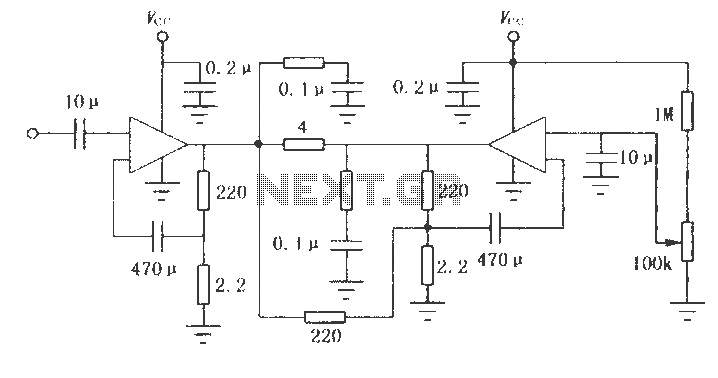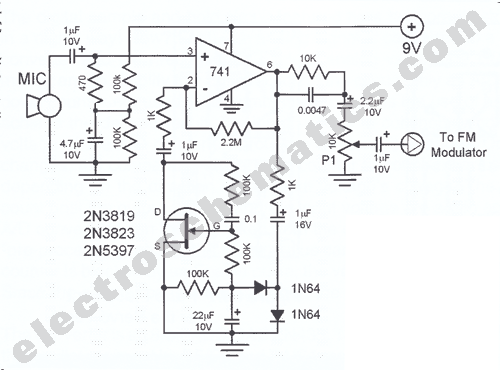
Digital High/Low Logic Tester Circuit diagram
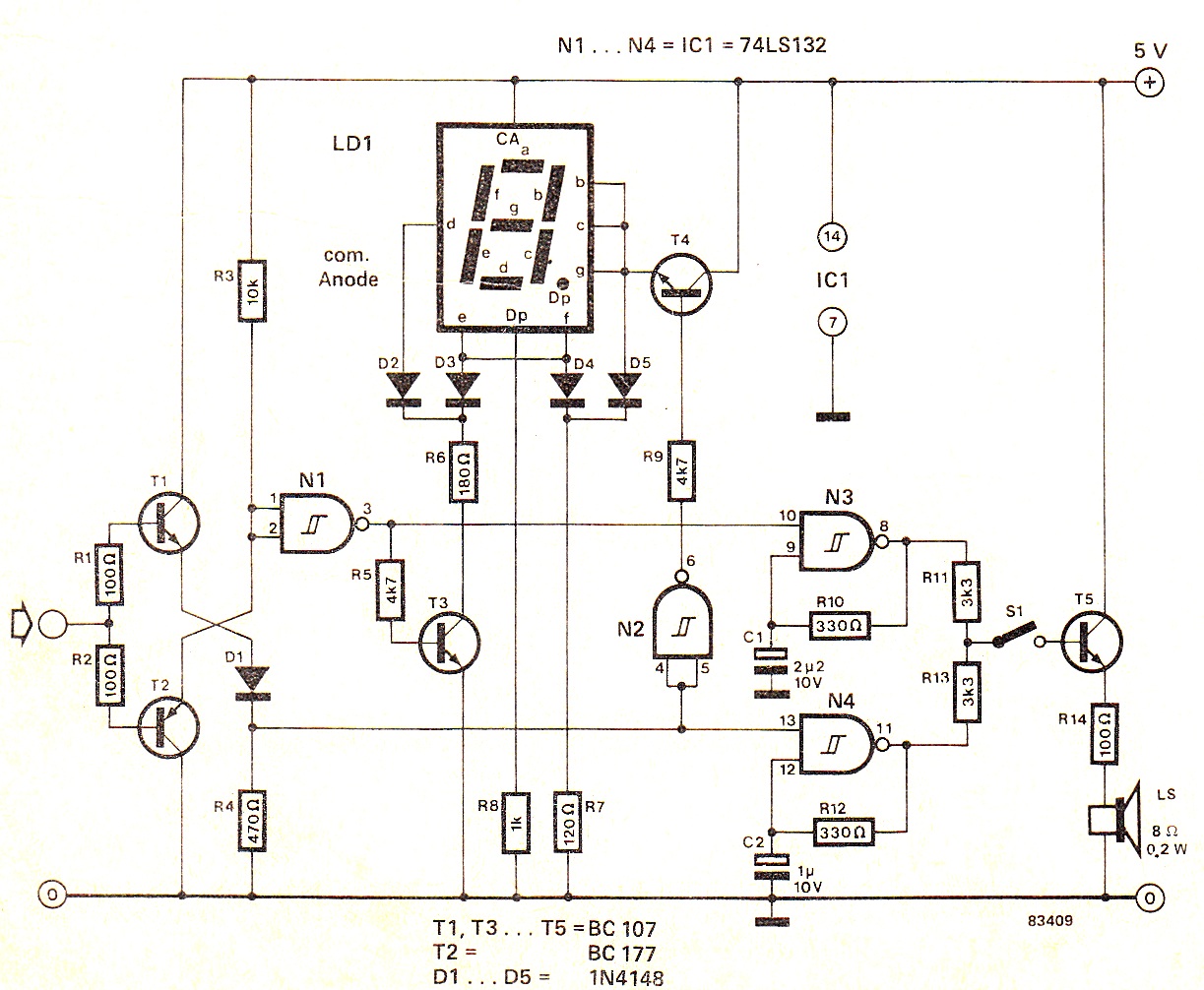
When the input signal is at logic high (1), the display indicates `H`, and the loudspeaker emits a note that is one octave higher than the low tone. The operation of the circuit can be observed in the circuit diagram and the truth table provided. When the input signal is high, transistor T1 conducts, raising the input of gate N2 above the trigger threshold, resulting in a trigger output of logic low (0). This circuit is an enhanced version of previous high and low testers, featuring a seven-segment display that shows either `H` or `L` while simultaneously activating a small loudspeaker that emits a corresponding tone. If necessary, the loudspeaker can be activated using switch S1, which can be omitted if continuous audio feedback is desired. For those with a musical ear, resistors R10 and R12 can be replaced with a 220-ohm resistor and a 250-ohm preset potentiometer, allowing for tone adjustment. Upon powering on the supply, the decimal point on the display lights up, indicating readiness for use. If the unit is not ready or an undefined signal is present at the input, the display remains dark except for the decimal point, and the loudspeaker remains silent. When the input signal is at logic low (0), the display shows `L`, and the loudspeaker produces a low note. In this state, T1 is cut off, and T2 conducts. The voltage at the inputs of gates N1 and N2 falls below the trigger threshold, resulting in both outputs being logic high (1), which activates transistors T3 and T4. The emitter voltage of T4 increases, cutting off diodes D4 and D5, allowing current to flow through segments d, e, and f, diodes D2 and D3, resistor R6, and transistor T3. For undefined input conditions (between 0 and 2.15 V) or an open circuit input, both input transistors are cut off. Consequently, the output of N1 is logic low (0), and that of N2 is logic high (1), preventing current from flowing through any of the segments. Regarding the drive for the two oscillators, during low inputs, N3 is activated by the output of N1, while during high inputs, N4 is driven directly by T1. Transistor T2 (PNP) is cut off, and the input of gate N1 is above the trigger threshold, resulting in a logic low output from this gate as well. Both switching transistors T3 and T4 are off, and current flows through the corresponding segments (b, c, e, f, g), diodes D4 and D5, and resistor R7.
The circuit operates as a logic level indicator and audio feedback system, utilizing a combination of transistors, gates, and a loudspeaker to provide visual and auditory signals based on the input logic levels. The integration of a seven-segment display allows for clear visual representation of the input state, enhancing user interaction. The use of adjustable resistors for tone modification provides flexibility for users, enabling customization of the audio output to suit personal preferences. The design ensures that in the absence of a valid input signal, the circuit remains inactive, conserving power and preventing erroneous outputs. The inclusion of diodes in the circuit aids in controlling current flow and protecting sensitive components from voltage spikes, ensuring reliable operation across various input conditions. Overall, this circuit exemplifies a practical application of digital logic in a user-friendly format, suitable for educational purposes or as a diagnostic tool in electronic applications.When the input signal is logic 1, the display shows `H` and the loudspeaker emits a note which is an octave higher than the `low` tone. Operation of the circuit can be seen from the circuit diagram in figure 1 and the truth table in figure 2.
When the input signal is 1, transistor T1 conducts taking the input of gate N2 above the trigger threshold and the trigger output goes to logic 0. This is not our first high and low tester, but the present circuit offers something new: a seven-segment display which shows `H` or `L` and at the same time a small loudspeaker emits a corresponding tone. lf required, the loudspeaker can be switched on by means of S1. The switch can, of course, be omitted if the audio tone is always required. lf you have an ear for music, R10 and R12 may be replaced by a 220 Q resistor and a 2509 preset potentiometer so that the tone can be adjusted to your particular liking.
! When the supply is switched on, the decimal point of the display lights and indicates that the unit is ready For use. lf this is not the case, or an undefined signal is applied to the input, the display, apart from the decimal point, remains dark and the loudspeaker remains silent.
lf the input signal is logic O, the display shows `L` and the loudspeaker emits a low note. When the input signal is logic 0, T1 is cut off and T2 conducts. The voltage at the inputs of gates N1 and N2 are below the trigger threshold and both outputs are logic 1, switching on transistors T3 and T4; the emitter voltage of T4 rises and cuts off diodes D4 and D5. This causes a current to flow through segments d, e and f, diodes D2 and D3, resistor R6 and transistor T3.
With non-defined inputs (between 0. 8. . 2. 15 V) and an open circuit input, both input transistors are cut off, The output of N1 is then logic 0 and that of N2 is logic 1: no current can therefore flow through any of the segments. As regards the drive for the two oscillators, suffice it to say that during low inputs N3 is driven by the output of N1 and during high in- puts N4 is driven directly by T1.
Transistor T2 (PNP!) is cut off, the input of gate N1 is also above the trigger threshold and this trigger output is therefore also logic 0. Both switching transistors T3 and T4 are off and a current flows through the corresponding segments (b, c, e, f, g), diodes D4 and D5 and R7.
🔗 External reference
The circuit operates as a logic level indicator and audio feedback system, utilizing a combination of transistors, gates, and a loudspeaker to provide visual and auditory signals based on the input logic levels. The integration of a seven-segment display allows for clear visual representation of the input state, enhancing user interaction. The use of adjustable resistors for tone modification provides flexibility for users, enabling customization of the audio output to suit personal preferences. The design ensures that in the absence of a valid input signal, the circuit remains inactive, conserving power and preventing erroneous outputs. The inclusion of diodes in the circuit aids in controlling current flow and protecting sensitive components from voltage spikes, ensuring reliable operation across various input conditions. Overall, this circuit exemplifies a practical application of digital logic in a user-friendly format, suitable for educational purposes or as a diagnostic tool in electronic applications.When the input signal is logic 1, the display shows `H` and the loudspeaker emits a note which is an octave higher than the `low` tone. Operation of the circuit can be seen from the circuit diagram in figure 1 and the truth table in figure 2.
When the input signal is 1, transistor T1 conducts taking the input of gate N2 above the trigger threshold and the trigger output goes to logic 0. This is not our first high and low tester, but the present circuit offers something new: a seven-segment display which shows `H` or `L` and at the same time a small loudspeaker emits a corresponding tone. lf required, the loudspeaker can be switched on by means of S1. The switch can, of course, be omitted if the audio tone is always required. lf you have an ear for music, R10 and R12 may be replaced by a 220 Q resistor and a 2509 preset potentiometer so that the tone can be adjusted to your particular liking.
! When the supply is switched on, the decimal point of the display lights and indicates that the unit is ready For use. lf this is not the case, or an undefined signal is applied to the input, the display, apart from the decimal point, remains dark and the loudspeaker remains silent.
lf the input signal is logic O, the display shows `L` and the loudspeaker emits a low note. When the input signal is logic 0, T1 is cut off and T2 conducts. The voltage at the inputs of gates N1 and N2 are below the trigger threshold and both outputs are logic 1, switching on transistors T3 and T4; the emitter voltage of T4 rises and cuts off diodes D4 and D5. This causes a current to flow through segments d, e and f, diodes D2 and D3, resistor R6 and transistor T3.
With non-defined inputs (between 0. 8. . 2. 15 V) and an open circuit input, both input transistors are cut off, The output of N1 is then logic 0 and that of N2 is logic 1: no current can therefore flow through any of the segments. As regards the drive for the two oscillators, suffice it to say that during low inputs N3 is driven by the output of N1 and during high in- puts N4 is driven directly by T1.
Transistor T2 (PNP!) is cut off, the input of gate N1 is also above the trigger threshold and this trigger output is therefore also logic 0. Both switching transistors T3 and T4 are off and a current flows through the corresponding segments (b, c, e, f, g), diodes D4 and D5 and R7.
🔗 External reference
